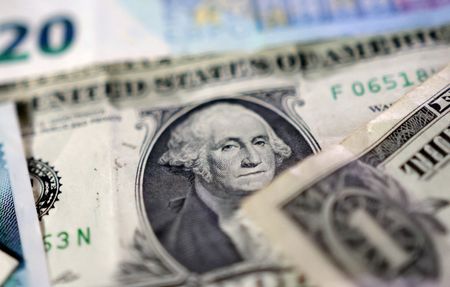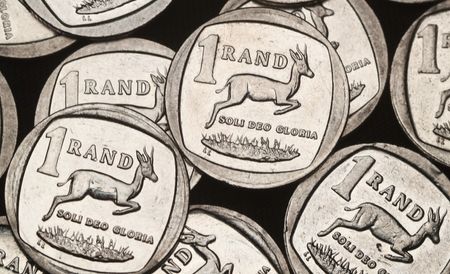By Anna Hirtenstein
LONDON (Reuters) -Oil prices fell on Monday, extending last week’s decline of about 3%, as investors weighed the chances for a U.S. rate cut against the prospect of a Ukraine peace deal that could lead to an easing of sanctions on major producer Russia.
The United States and Ukraine were set to resume work on a revised peace plan ahead of a Thursday deadline set by U.S. President Donald Trump, after agreeing to adjust an earlier version that critics said was too favourable to Moscow.
Brent crude futures fell 58 cents, or 0.9%, to $61.98 per barrel by 0951 GMT, while West Texas Intermediate was down 60 cents, or 1%, at $57.46 a barrel.
“The market is overwhelmingly focused on the macro view, which is this Ukraine peace treaty and the U.S. economy,” said Jorge Montepeque, managing director at Onyx Capital Group.
U.S. sanctions on state-owned Rosneft and private firm Lukoil, which took effect on Friday, have caused friction that would normally send prices up, but the market is preoccupied by the peace deal making it bearish for oil, he added.
Trump has set a deadline of Thursday for the deal, but U.S. Secretary of State Marco Rubio said on Sunday that the deadline might not be set in stone.
A peace deal could potentially lead to a rollback of sanctions that have challenged Russian oil exports. Russia was the second-largest producer of crude oil in the world after the United States in 2024, according to the U.S. Energy Information Administration.
Uncertainty regarding U.S. interest rate cuts is another factor suppressing investors’ appetites.
However, the possibility of a rate cut next month increased after New York Federal Reserve President John Williams suggested a cut in the near term.
“Expectations of a potential Fed rate cut in December may also provide a counterbalance to bearish sentiment by improving global risk appetite,” said Sugandha Sachdeva, founder of SS WealthStreet, a New Delhi-based research firm.
“Crude prices have already declined nearly 17% this year, reflecting persistent negative sentiment … at these lower levels, value buying is expected to gradually emerge.”
(Reporting by Anna Hirtenstein in London. Additional reporting by Mohi Narayan in New Delhi and Helen Clark in Perth; Editing by Thomas Derpinghaus and Clarence Fernandez)








